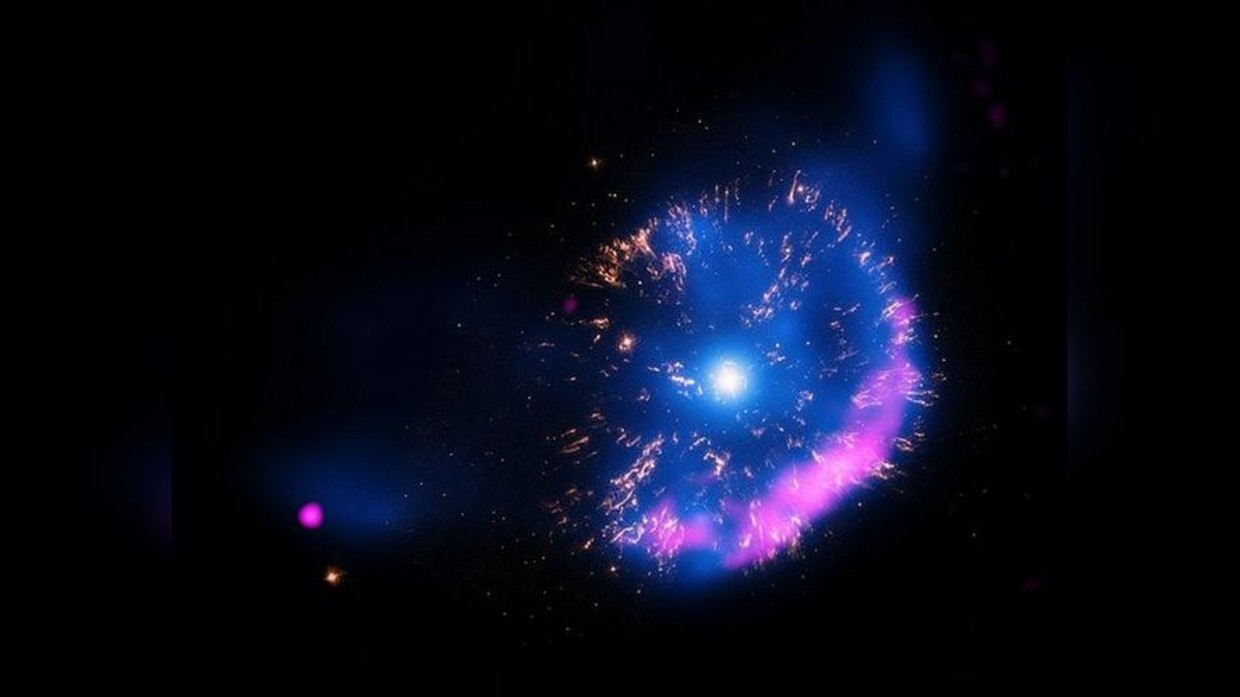
Part-matter, part-light: Newly discovered ‘hybrid particles’ open doors to exciting new tech.
Physicists at the University of Chicago created these “hybrid particles” by making “photons behave more like the particles that make up matter,” Science Alert reports. In a complicated process, the researchers learned how to change a particle’s “fingerprint” by altering its electrons with lasers. This changes the way that the particles behave at a molecular level.
“In order to make photons collide with one another, we use atoms as a go-between,” said lead researcher Logan Clark.
Fabrice Angelini wrote:
Photons can’t interact with each other. Well, we can create Floquet polaritons, quasi-particles which are part-light and part-atom and interact with each others.
They could be used for optical frequency conversion, to secure quantum communication.
Known in scientific terminology as “polaritons,” these hybrid particles have been described as a sort of “magic dust.” They have the qualities of both atomic and light particles, which allows them to move quickly through space.
The new particles hold forth the prospect of exciting new technologies and great strides in advancing existing ones. For instance, computer speed could be increased significantly while “secure quantum communication methods” could lead to a revolution in encryption.
“Our next order of business, though, will be to use these colliding photons to make topological ‘fluids’ of light,” said Clark. “It is a tremendously exciting time.”
“While the atomic orbital does appear at multiple distinct energies, it is important to note that these copies are actually bound to the original like puppets,” explained postdoctoral researcher Nathan Schine, a co-author on the study. “When any of the copies shifts, the original and all of the other copies shift with it.”
By allowing photons to interact with these shaken atoms, the team has created what they call “Floquet polaritons”—quasi-particles which are part-light and part-atom, and unlike regular photons, interact with each other quite strongly. These interactions are essential for making matter from light. Making polaritons with shaken atoms can give the polaritons much more flexibility to move around and collide with each other in new ways.
“Floquet polaritons are full of surprises; we’re still continuing to understand them better,” Clark said. “Our next order of business, though, will be to use these colliding photons to make topological ‘fluids’ of light. It is a tremendously exciting time.”
The researchers have been working on polaritons for years. The findings were published in the July 3 issue of Nature, a British peer reviewed academic journal founded in 1869.



